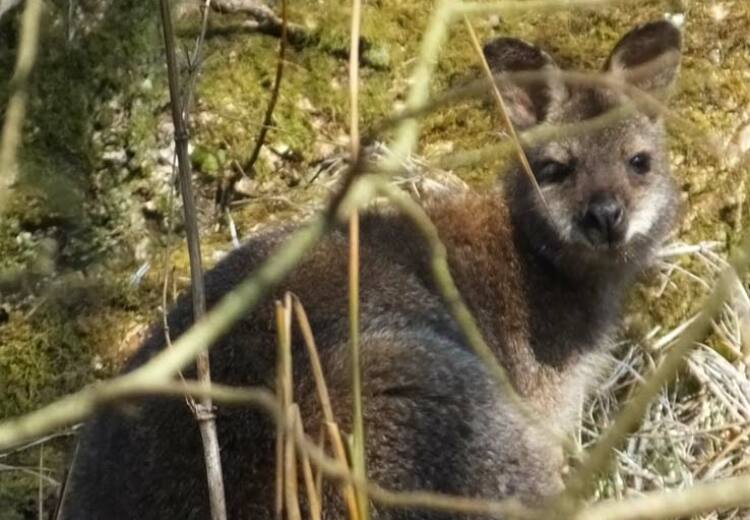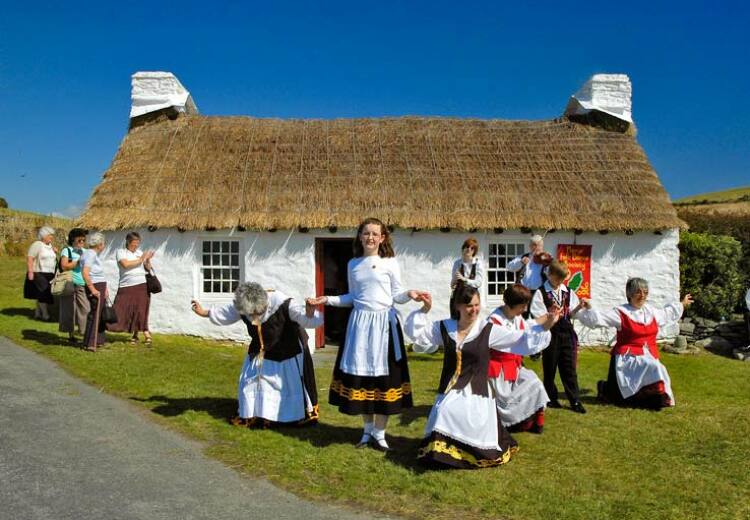ONE of the oldest species of animal on the planet has again been spotted in the waters of the Isle of Man. And it looks as if the Island’s population of lampreys is growing.
After a gap of 26 years, the first lamprey to be found in Manx waters appeared in The Lhen river in 2007. The previous last sighting had been in 1981 in the lower Sulby River.
The discovery of the 2007 lamprey came during a routine minitoring survey in the Lhen Trench when DEFA Fisheries staff found lamprey juveniles (ammocoetes) in the Lhen Trench during a routine monitoring survey.
Since the surprise discovery, DEFA stepped up its search and organised further lamprey surveys to be carried out in several rivers across the Isle of Man and juveniles have so far been recorded in the Rivers Sulby and Dhoo as well as the Lhen and Neb.
The surveys involved Fisheries officers carrying out a series of electric fishing surveys, specifically targeting areas of the Lhen Trench where lampreys were expected to occur. Juvenile lampreys were found at one site, and at the same time an angler reported a lamprey in the River Neb, which was later confirmed as a brook lamprey.
The oldest known fossil lampreys (sometimes known as lamprey eels) date back a staggering 360 million years ago and are amongst the most primitive of all living vertebrate animals.
They have a skeleton made of cartilage instead of bone, and a distinctive suckered mouth instead of jaws. Their bodies are shaped like eels but they have no scales, and the gill pores which run either side of the head are uncovered.
There are three types of lamprey native in the UK; sea, river and brook lamprey. The freshwater habitat they depend on has suffered over the years from a range of impacts, including pollution, land-use change and river engineering and as a result, all three species are now considered vulnerable and are included in Annex II of the European Habitats Directive.
Young lampreys (ammocoetes) live buried in the silty beds of river margins, where the water is still. After several years of larval growth they metamorphose into adult lampreys and migrate away from the nursery areas.
The brook lamprey remains in the river, whilst adult river and sea lampreys migrate to estuaries or the sea, where they parasitise other fish. They return to freshwater to spawn in the spring, and the adults die after spawning.








